Why Should You Defrost Your Heat Pump?
By Editorial Team
Updated on September 20, 2024
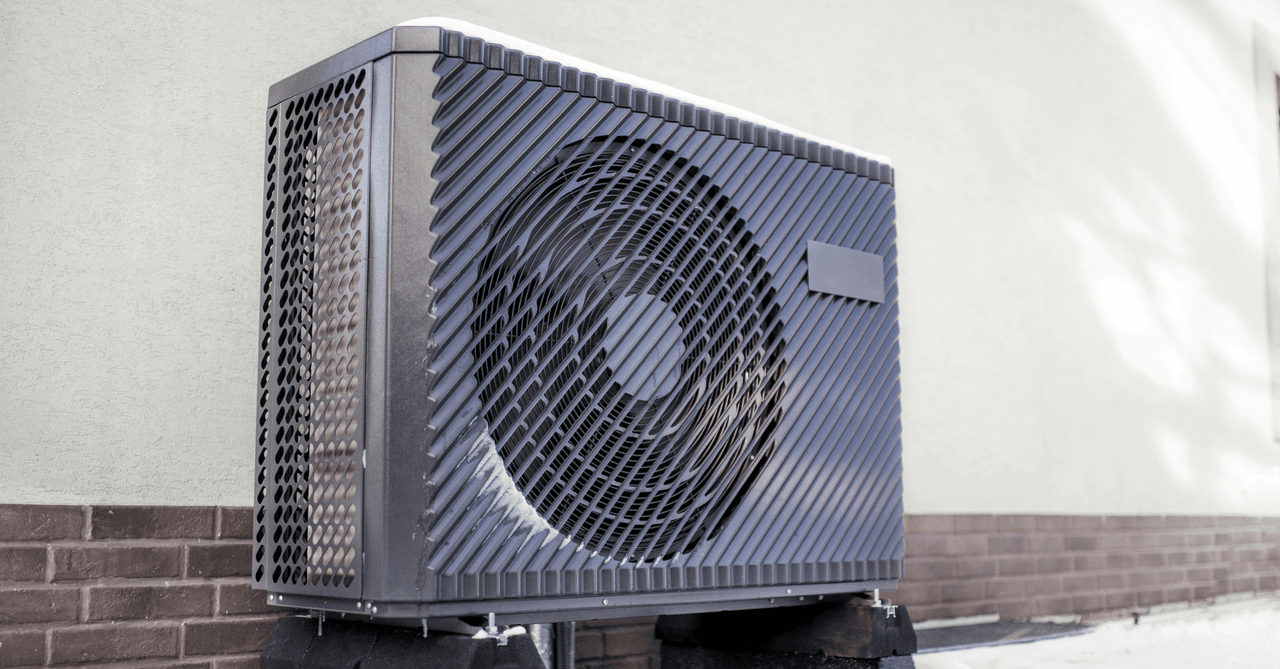
Is your house cold, and you can’t figure out why? It may be a result of your heat pump’s defrost mode malfunctioning.
Here’s how you can determine the cause and measures you can take to fix the problem without damaging the outdoor unit.
The Purpose of a Heat Pump Defrost Cycle
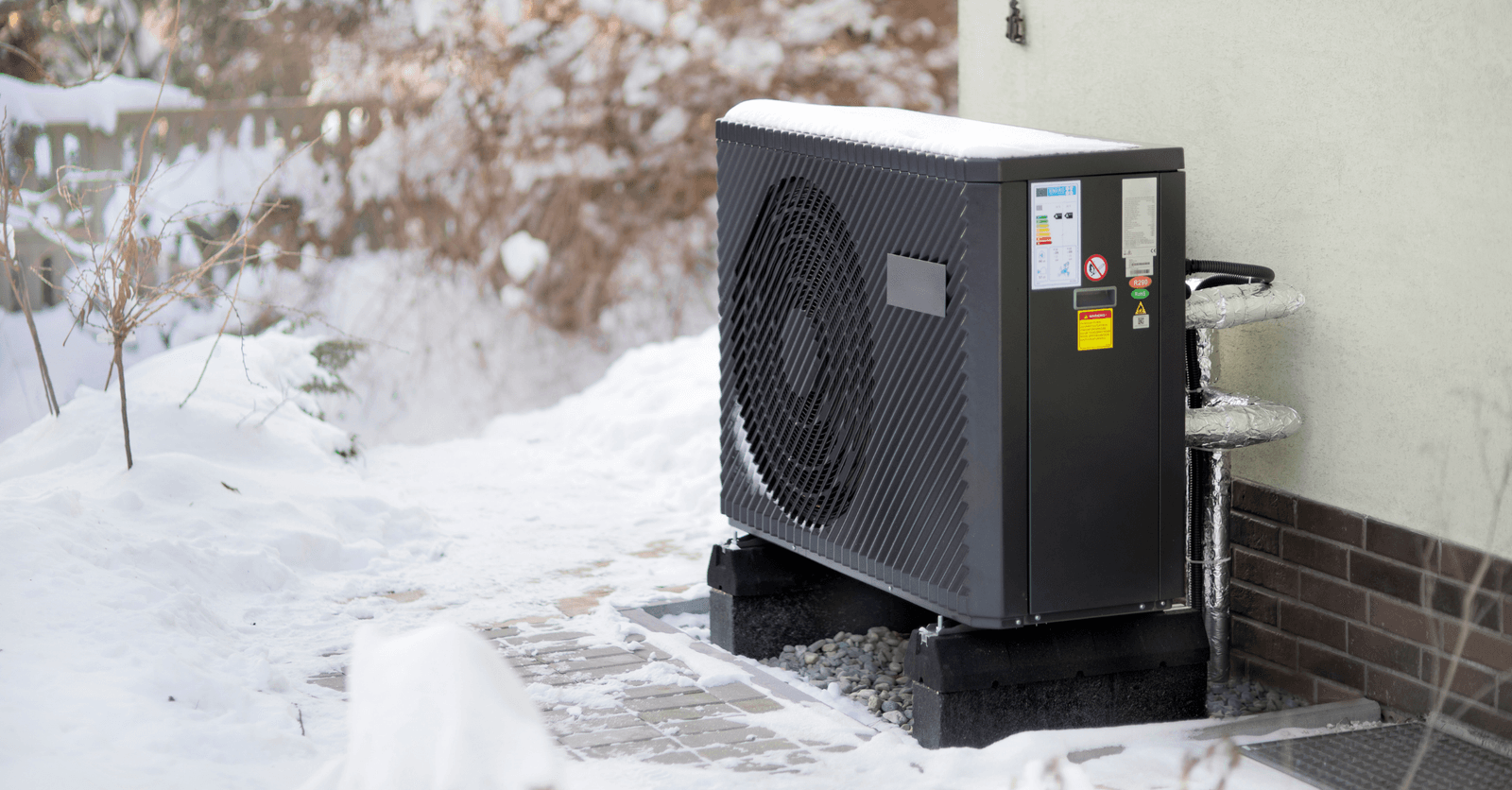
Defrosting a heat pump is a must. Neglecting to do so will render your unit useless in wintertime. The coil accumulates a layer of ice, the heat exchange between the refrigerant and the ambient air is hindered, maybe even prevented, the energy consumption increases, and the indoor temperature dips.
Here’s why all heat pump units currently sold are equipped with an automatic system that triggers the defrosting cycle as soon as the temperature warrants it.
Why do heat pumps freeze in winter?
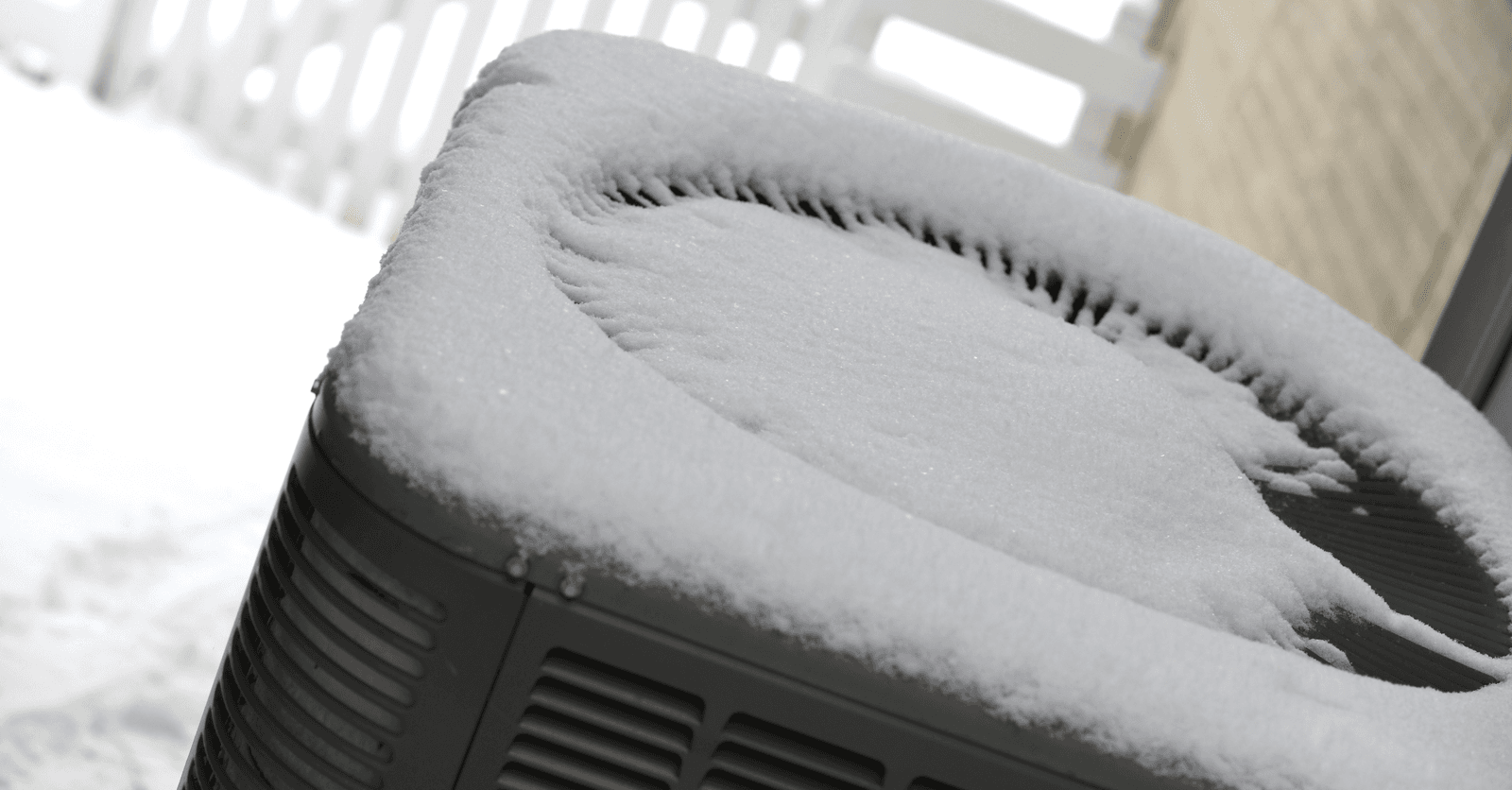
Very Low Outdoor Temperatures and Ambient Humidity
Under typical weather conditions, water vapour exists in a gaseous state. However, when a particular temperature and humidity level threshold coincide, the atmospheric water transitions from a liquid state to droplets, also known as “dew”.
Such a temperature and humidity level give rise to what’s commonly known as the “dew point”. Once the air cooling unit’s coil is colder than the dew point, the water droplets coating the surface freeze.
Given that during wintertime, your heat pump is in heating mode, your device releases cool air by way of the outdoor unit. This very cold air may lead to dew forming on the heat exchanger, later resulting in a layer of ice.
Battling it Out: Ice and Your Heat Pump’s Performance Level
Most people automatically think that there’s a liquid refrigerant leak or an evaporator-related issue when they start to feel a cold draft wafting through their house. Rarely will they think that there’s a malfunction in the defrosting process.
Yet, a dysfunctional defrosting cycle will directly impact your heat pump’s heating value. How, you ask? Well, by allowing ice to shield the coil, and also by hindering heat transfer with the liquid refrigerant.
There's no study yet that can quantify a decrease in performance as a result of frost. It’s simply because it relies on numerous factors inherent to your heat pump, such as:
type (air-water, air-to-air);
diameter of openings;
type of compressor;
suction accumulator’s impact;
exchanger’s surface coating (hydrophobic or hydrophilic); and
position of the vertical blades and heat exchanger tubes (V- or W-shaped).
One thing’s for sure, for your device to function efficiently, the outdoor unit must regularly go through a defrost cycle.
Are you looking for experts for your air conditioning or heating project?
Fill in this form to be connected with top-rated contractors!
How to Prevent Ice Buildup on Your Heat Pump

There’s no silver bullet to prevent chunks of ice from forming around your heat pump’s outdoor unit. It’s rather straightforward reasoning: ice forming around the unit depends on the dew point, the relative humidity, and the temperature of the coil’s surface area.
However, there are preventative measures that can be taken to prevent these three factors from occurring simultaneously and regularly:
Shield the outdoor unit from wind and rain.
Install a programmable thermostat.
Add a defrost sensor.
Reduce Wind and Rain Exposure by Installing a Cover
Caution! Installing a cover can limit your heat pump’s performance by reducing, maybe even halting, airflow around the outdoor unit. Therefore, installing a protective cover must, first and foremost, protect the outdoor unit from potential snowfall from your roof.
As for rainfall, all commercially sold units are weatherproof. However, it’s especially important to shield it from wind by installing windbreakers.
As a matter of fact, should your outdoor unit be overexposed to wind, it may render defrosting more difficult for your device.
Change Your Heat Pump’s Settings with a Programmable Thermostat
A thermostat’s purpose is to control the coil’s temperature. It’s located next to the condenser’s outlet, along the liquid line. The liquid line is the pipe between the condenser’s outlet and the expansion valve’s inlet.
Based on the coil’s temperature, the thermostat can initiate a defrost cycle to prevent the formation of ice chunks.
A Heat Pump’s Defrost Sensor
In the previous section, we explained the process by which the outdoor unit’s coil gets coated in ice and frost. Ice build-up is predictable, hence defrost sensors. The first sensor is positioned to measure the atmospheric temperature absorbed by the evaporator coil, and the second is next to the tubes and blades. The defrost cycle is initiated based on the ambient humidity and recorded temperatures.
How to Effectively Defrost Your Heat Pump
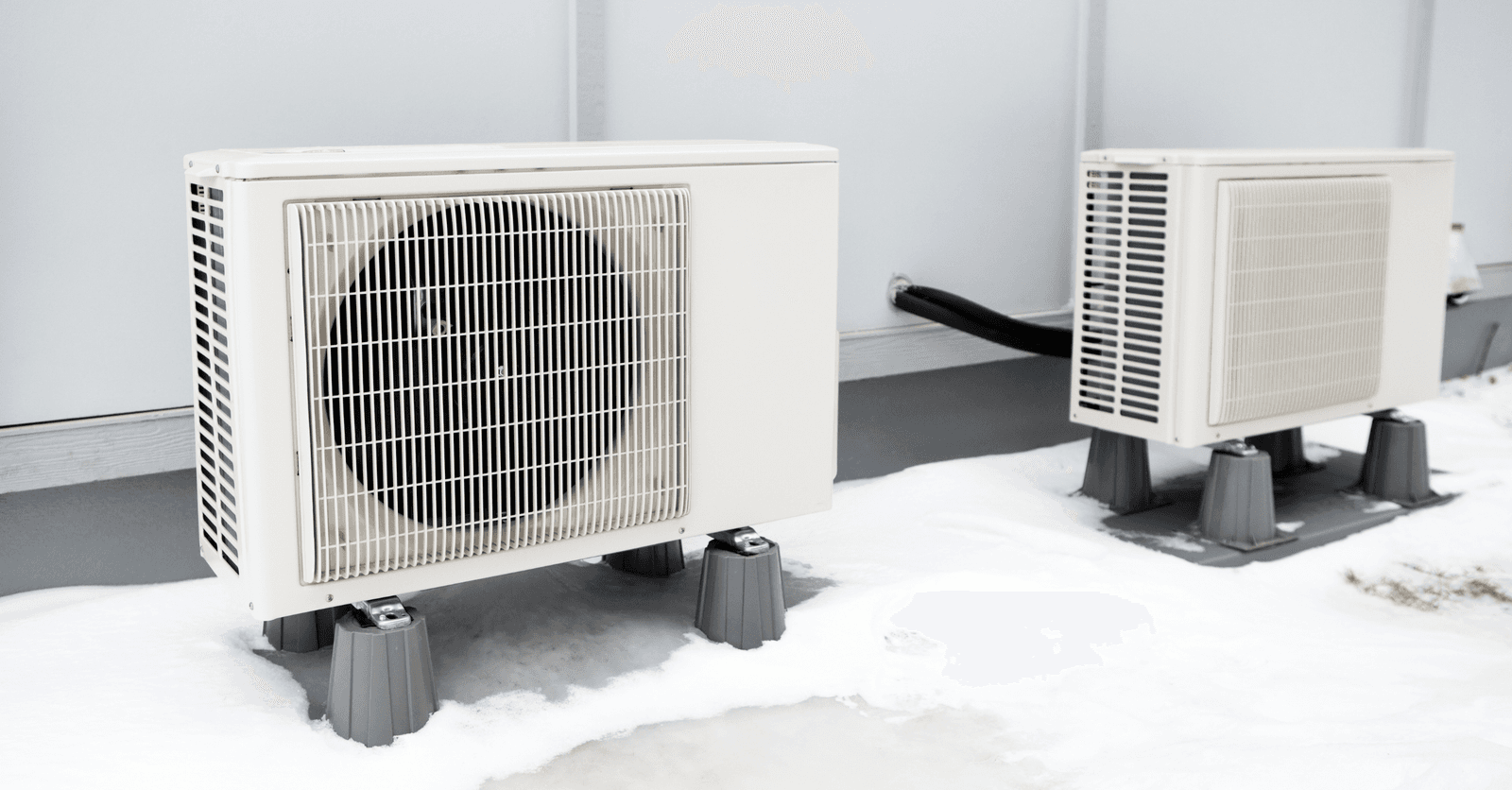
Built-In Defrost Mode
A built-in defrost mode relies on a heat pump’s automatic defrosting cycle. And, as detailed above, it relies on defrosting sensors as well as a thermostat that will initiate a defrosting cycle based on the following:
the ambient air temperature;
relative humidity; and
coil’s temperature.
Therefore, you don’t have to do anything, unless you notice frost or an ice rime coating the outdoor unit. In such a case, the defrost mode is clearly malfunctioning, and you should attempt to manually do so.
Manual Defrost System
Why should you manually defrost your unit if it’s equipped with an automatic defrosting cycle? Because the latter, in some cases, isn’t enough. More specifically when the following occurs:
The temperature outside is too low.
The wind is hindering the defrosting cycle.
The heat pump is malfunctioning.
For a quick fix, proceed as follows:
Heat some water.
Shut off your heat pump.
Slowly pour hot water over the outdoor unit.
The hot water will melt the layer of ice and you can then reboot your heat pump.
3 Precautionary Measures to Prevent Damaging the Unit
1. Never use tools
Avoid using tools to break the ice coating your outdoor unit. You could easily break the heat exchanger coil.
2. Never use your fists
Even under the strainest of circumstances, don’t ever try breaking the ice chunks coating your outdoor unit with your fists. You could break the heat exchanger, thereby requiring new parts, if not a brand-new outdoor unit.
3. Install outdoor unit south-facing
You have to consider this from the get-go, but installing your unit on the south-facing side of your house limits the number of defrosting cycles needed. A southern exposure means the outdoor unit benefits from more sunshine and lessens the likelihood of ice buildup.
Heat Pump Upkeep: A Bit of Advice
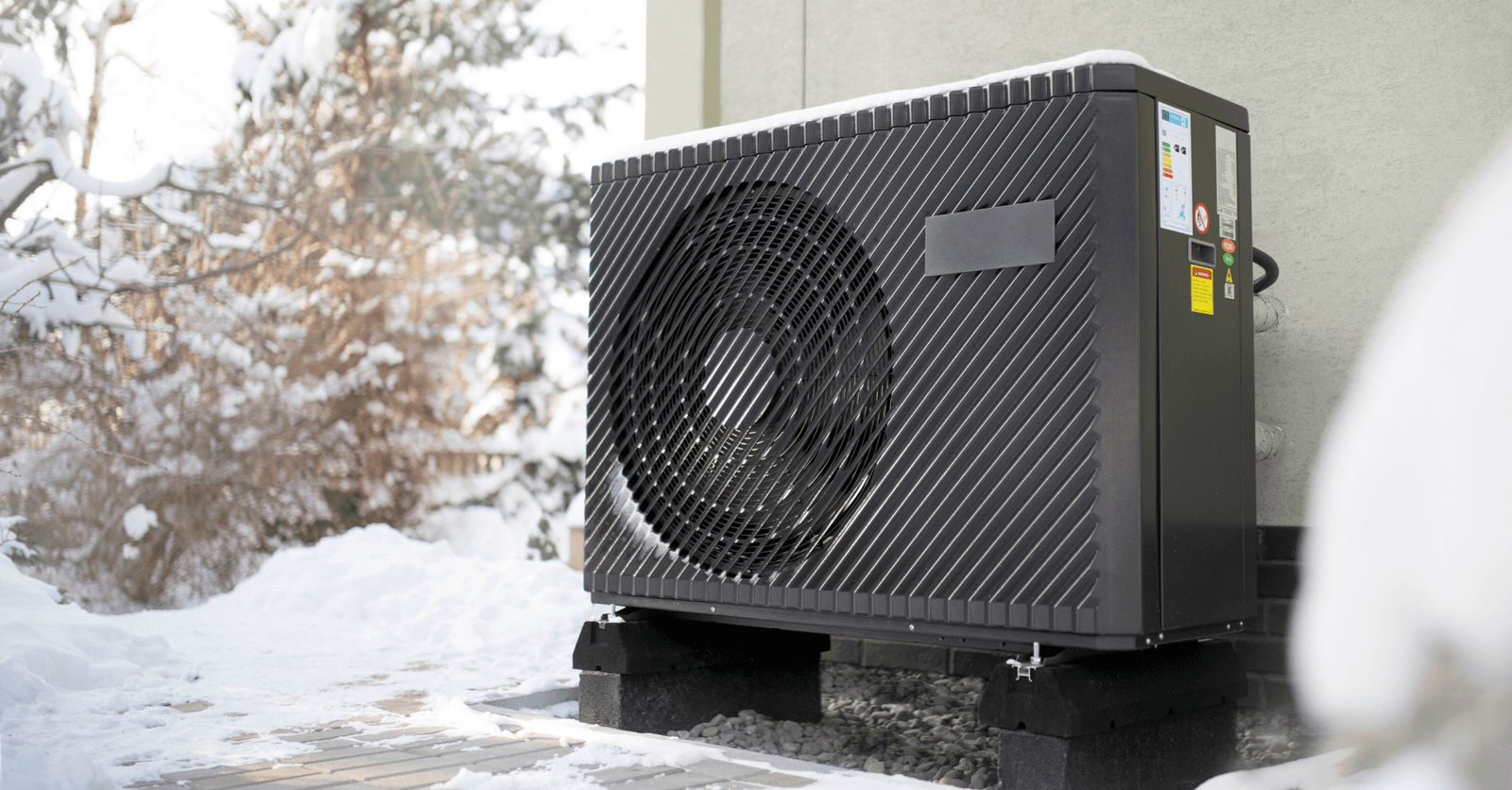
Clean the Filters
The purpose of an air filter is to prevent dust from seeping into the heat pump’s loop system. Therefore, it blocks particles channelled toward the source from obstructing passageways. The filters must be cleaned regularly to prevent damaging the compressor.
The frequency at which the filters should be cleaned depends on the amount of dust in your house, which is directly linked to the number of people making up your household.
Check Electrical Connections
In instances of ongoing frost-related issues, regardless of several defrosting cycles, the issue may stem from an electrical problem:
the outdoor fan;
defective defrost control board;
defrosting sensor;
reversing valves;
etc.
To properly check electrical connections, start by reading the connection diagrams. The label should be somewhere on your heat pump’s wall-mounted indoor unit. It details how the electrical loop system is configured, and which wire is connected to what.
Should you not have an acute understanding of the diagram, call in a professional. On the other hand, if you find the diagram to be straightforward, use the board’s legend to find the defrost thermostat, but also the relay and defrost loop.
To find the defective component within your system, get yourself a multimeter. This device allows you to do the following:
Test the electrical resistance.
Test individual parts.
Measure the circuits’ current intensity.
Once you’ve found the source of the outage, simply replace the defective part.
Other Questions About the Use of a Heat Pump During Winter
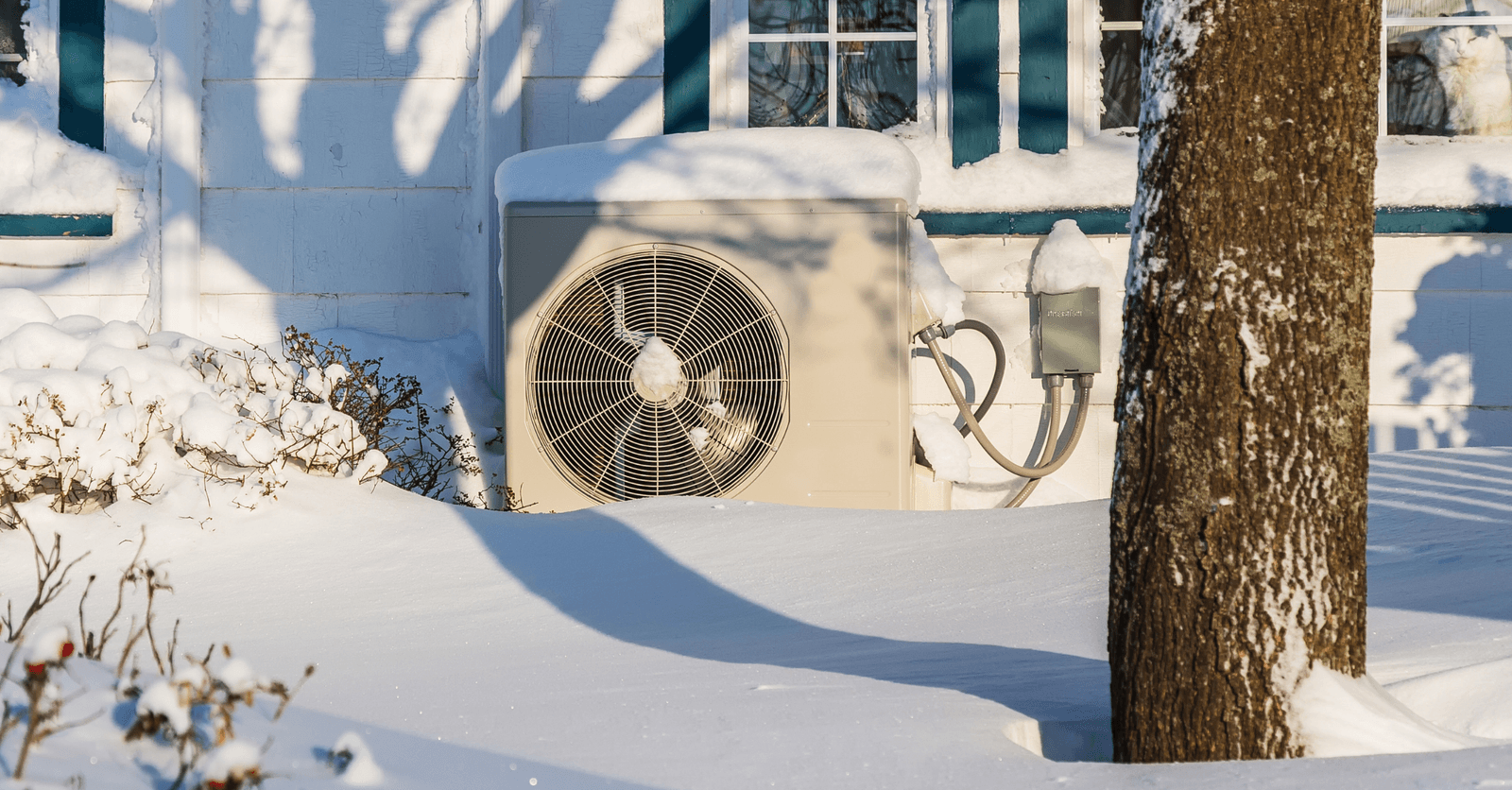
Should you turn off your heat pump during major cold fronts?
During cold fronts, the evaporator coil can’t absorb the atmospheric heat.
Under such circumstances, when you let your device run, you’re essentially uselessly consuming energy without improving indoor comfort.
Instead, the complete opposite occurs, meaning a heat pump needing to complete defrosting cycles will further cool your home. To defrost the outdoor unit, the heat pump reverses its liquid refrigerant, meaning it takes the heat in your home and transfers it outside to melt the ice.
When should you stop using your heat pump for winter heating?
Such a device’s primary hurdle isn’t frost, but the cold stripping it of its heat output. The colder it is outside, the less the heat pump can extract the atmospheric calories to later transform into heat. Hence when temperatures dip below -15°C (5°F) a heat pump’s heat power is so low it becomes essentially inefficient for heating purposes.
Get 3 quotes for your heating or air conditioning project
RenoQuotes.com can help you get quotes for your air forced-air heating system project. When you submit your project, we’ll then put you in contact with top-rated contractors. Fill in the form on the homepage (it only takes a few minutes) and get estimates from trusted professionals.
Dial 1-844 828-1588 to speak with one of our customer service representatives.
Looking for something else?
Related articles
The latest industry news, interviews, technologies, and resources.

Editorial Team
•02 Dec 2024
As the winter season approaches, ensuring warmth in your home is very important. Dozens of studies indicate that windows can represent a significant fraction of the total energy consumption of a building. Therefore they are an important subject of efforts of window companies Halifax to reduce energy losses. In this article, we are going to look at techniques for insulating the windows, how to regulate them, and how to cover the gaps to secure your house for the winter season.

Editorial Team
•01 Aug 2025
In Canada, summer may be short, but it can still bring intense heat. Air conditioning becomes a valuable ally to help us get through these days more comfortably. Among the different types of air conditioners, more and more people are opting for the central heat pump.

Editorial Team
•07 Nov 2023
Whether working, taking care of young ones, recovering from a cold or cooped inside for one reason or another, there are times when we’re stuck at home for days with no end in sight.
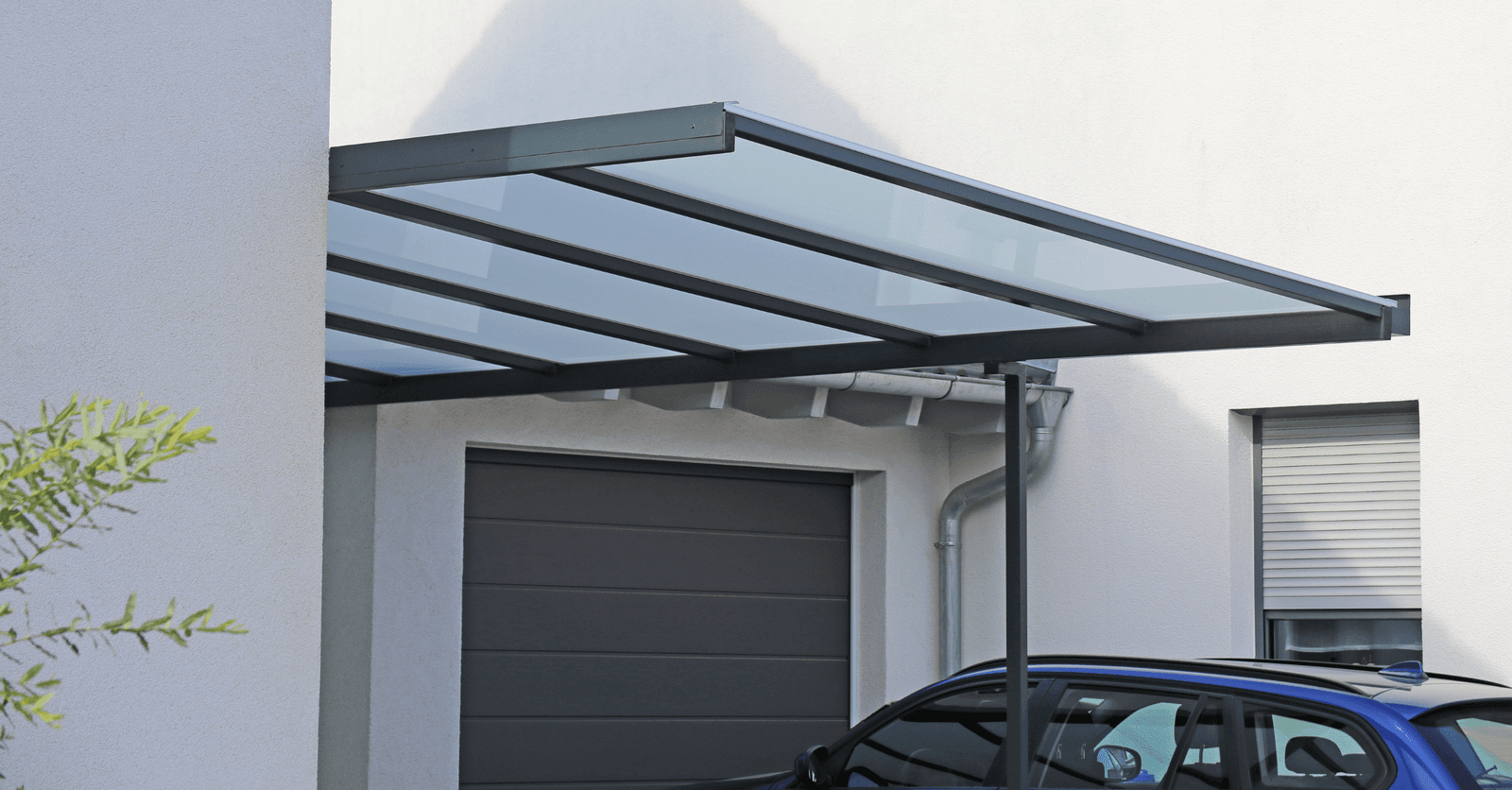
Editorial Team
•02 May 2025
In Canada, vehicles are often exposed to bad weather, and during the winter, many turn to temporary solutions to protect their cars. However, there are more aesthetic and durable options out there, some requiring less space than a garage.
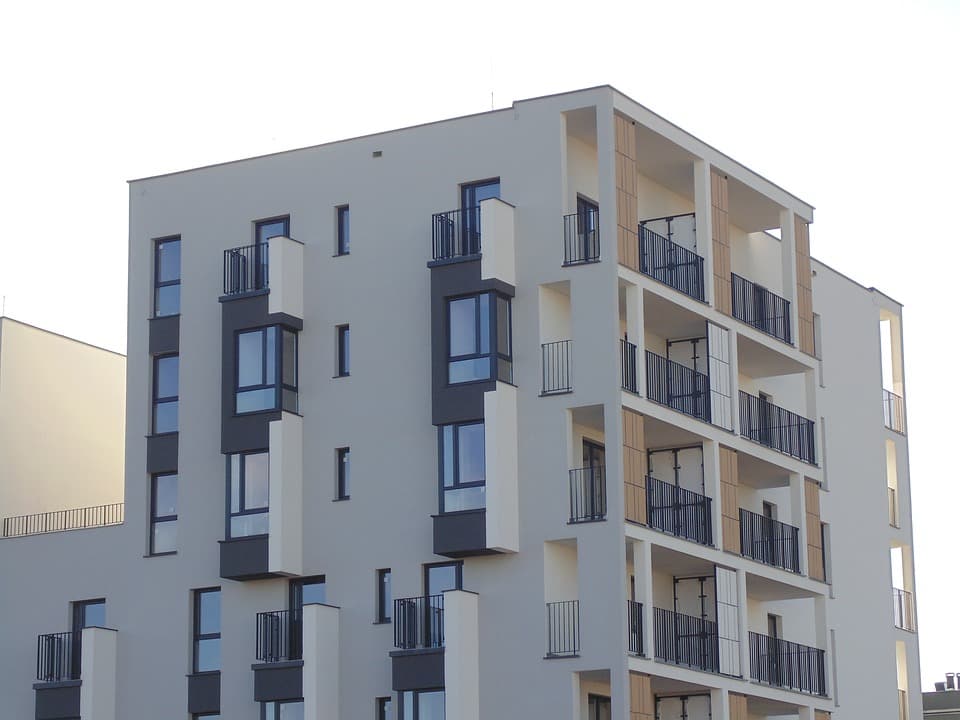
Editorial Team
•07 Nov 2023
Owning a rental apartment is not without challenges to overcome, as it comes with a number of obligations and responsibilities, which aren’t easy to maintain.